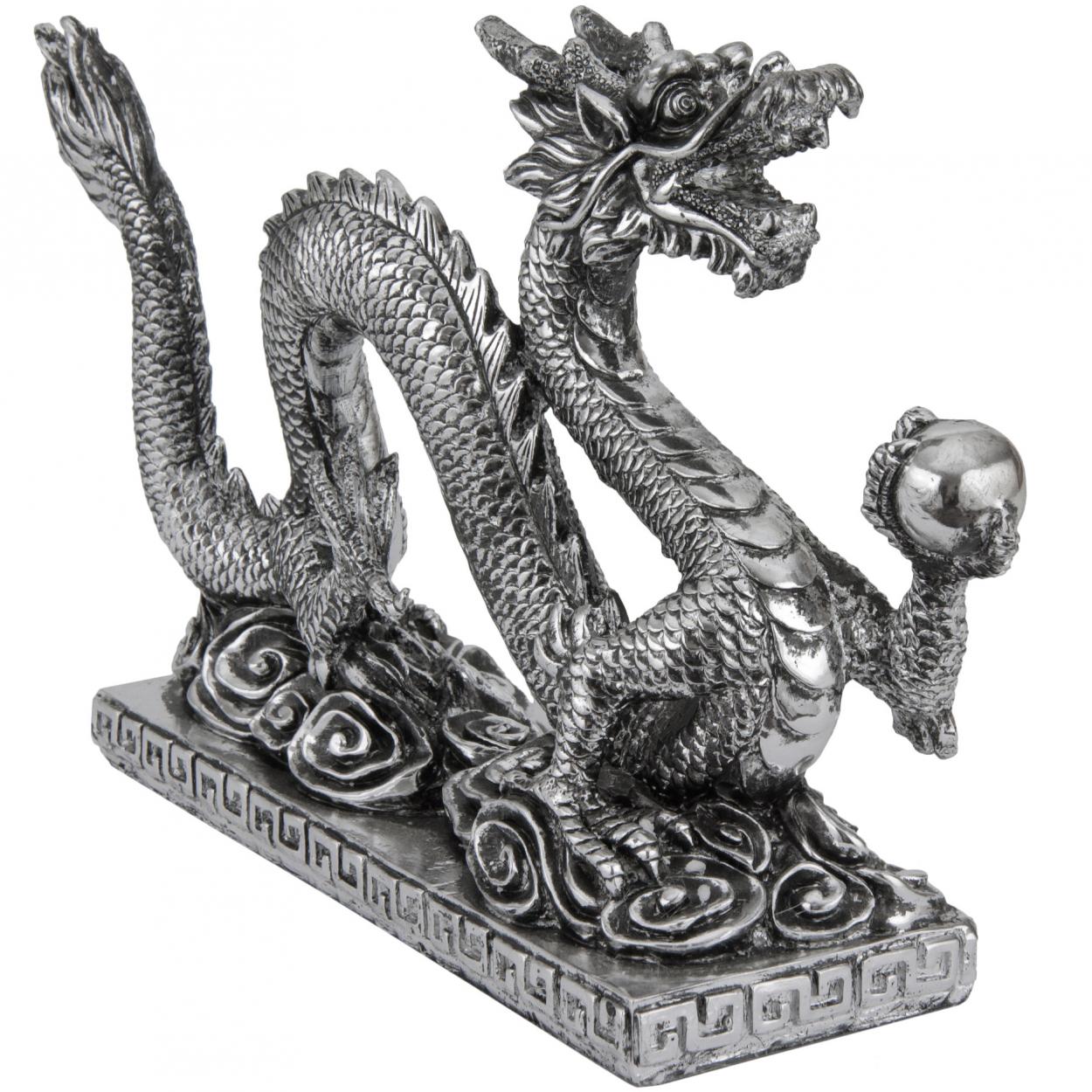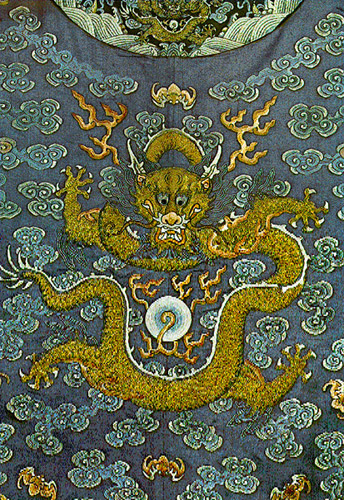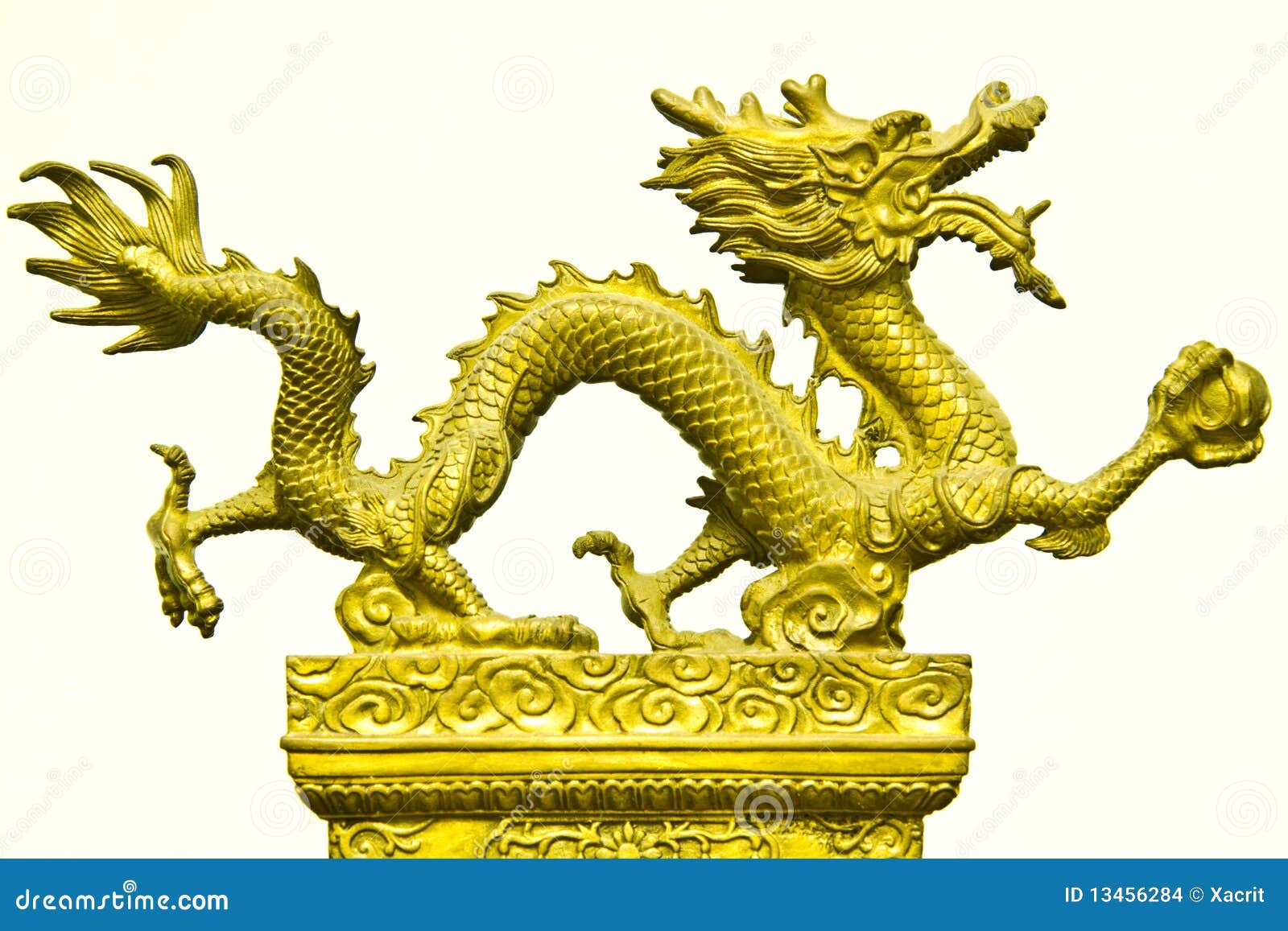Chinese Dragon Orb
East-Asian dragons are almost invariably portrayed with a red sphere in their mouths, in front of their mouths, or- as in Javanese art-on top of their heads. In the famous lantern procession celebrated by Chinese people on the 15th of the first month, the red sphere precedes the dragon. The Dragon and the Pearl. In the famous lantern procession celebrated by Chinese people on the 15th of the first month, the red sphere precedes the dragon. This sphere is called huoh chuh, 'fire pearl'. This suggests that the cross-cultural theme of the glowing serpent and orb might have been inspired by intense plasma discharge in the. Many Chinese believed the dragon held, or at least chased, the sun, and many drawings depict this as a flaming red ball. Over the years, this sun changed color from red to a silvery-pearl color.
The Difference between Dragons

Chinese dragons have five toes. The Chinese believe that all eastern dragons originated from China. They believed that when the dragons flew away, they began to lose toes. The farther and farther the dragons flew, the more toes they lost. So, Korean dragons have four toes, and Japanese dragons have three. [3]
Japanese dragons have three toes. The Japanese believe that all eastern dragons originated from Japan. They also believed that when the dragons began to leave Japan, they gain toes. The farther the dragons went, the more toes they gained. This is why the other dragons have more toes. The breath of Japanese dragons turned into clouds, which could produce rain or fire. Due to a measure upon their heads, they could ascend to Heaven when they chose. [3]
Korean dragons have four toes. The Koreans believe that all eastern dragons originated from Korea. When the dragons leave Korea and go toward China, they gain toes. When the dragons leave Korea and go toward Japan, they lose toes. [3]
Differences from Females to Males
Chinese Dragon Restaurant
Other interesting things to note is the differences between the dragons in pictures. For instance, males usually have clubs in their tails while females hold fans. [4] These dragons can also be depicted as descending from the sky or inside clouds. Sometimes you might even be able to see a pearl, which is considered a 'Pearl of Wisdom' that the dragons possess. [12]
Other things to look for include horns. Male horns were thinner near the base of the head and thicker and stronger outwardly. [6]
Females have 'nicer' manes. Rather, they are rounder, and thus seen as more balanced than the rigid mane of the males. Their noses are usually straighter, their scales thinner, (after all, they are smaller!) and finally, a thicker tail. 'Thicker' meaning throughout the body. [6]
The Oriental Dragons
There are nine types of Chinese dragons, also regarded as the Oriental Dragons. You should also note that nine is a very lucky number to the Chinese. These are: the horned dragon, the celestial dragon, the spiritual dragon, the winged dragon, the dragon of hidden treasures, the coiling dragon, the yellow dragon, and the dragon king. Each of these dragon types has a special attribute to them.
The Horned dragon is also know as Lung. They are the most powerful of the Oriental Dragons and are completely deaf. They how the power to produce rain, too. It should also be noted that the head points South, and the tail points North. In addition, they are a symbol of the East and the sun. [6]
The Celestial dragon protects the mansions of the gods to the Chinese, and the Spiritual dragon creates rain and wind for mankind. [3] The Dragon of Hidden Treasures helps keep watch over concealed wealth, and the coiling dragon lives in the water, primarily lakes and deep, deep waters. [3] The yellow dragon is especially important, for this dragon emerged from water and aided the Emperor Fu Shi by showing him writing. [3]
The Dragon King is really four dragons, and these dragons keep watch over the four main seas. They were honored and respected, for they were the ones the Chinese went to if there was little or no rain. The four lived in the North, South, East, or West waters. [8]
How do they fly?

Unlike most types of dragon, most Eastern Dragons have no wings. (As a mater of fact, Ying-Lung dragons were the only ones to have wings.) How, pray tell, did these dragons fly? Well, the people of the East saw dragons as magical beings, so they believed in 'Flight by Magic'. [1]
On Chinese dragon's heads, they would have a lump called the chi'ih-muh. This is usually omitted in pictures, either due to the fact that the Chinese did not wish to put it in or due to the fact that the lump looks 'normal'. [1]
Some dragons did not have a chi'ih-muh. Instead, they had a wand (or baton) shaped object that they called po-shan. This, too, would allow them to fly. [2]
Life Stages of Dragons
Chinese believe that the dragons have several different 'growth' or 'life' stages.
At birth to around five hundred years (or so) of the dragon's life, they are a 'water snake'. They are not dragons in the sense that we think them to be. From five hundred (or so) to around one thousand (or so) they become Chiao, or scaled creatures. [4]
Chiao are also referred to as Chiao-Lung or Kiao. They are said to begin as a fish, and, at a considerably old age, turn into a dragon. They are scaled dragons. [4]
After the Chiao stage, from about one thousand years to one thousand five hundred years old, the dragon grows rapidly. This is when the dragon becomes a Lung dragon. This takes place over the five hundred year period. [4]
Lung are also called Li-Lung or Chih-Lung. Unlike some dragons, they are hornless and symbolize the scholar. These dragons can gain horns, but only after about five hundred years. [4]
When the dragon is between the ages of one thousand five hundred and two thousand, he or she will become a Horned Dragon. They will gain horns and thus look much wiser in the process. [4]
After the dragon is two thousand years old, they become a Ying-Lung. They are winged dragons that are also scale-less. They gain wings only after they've been around for about one thousand years, and they never have scales. [4]
Other Information
Chinese Dragon Orb
Eastern dragons were revered and honored as demi-gods. Why? They were the primary source of rain, which the Chinese viewed as essential to life. [5] Furthermore, dragons could cause dangerous floods if they were not satisfied. [5]
The only fears that Chinese dragons had were simple. Dragons feared tigers, perhaps due to the fact that they were the 'opposites' of each other (in the Chinese Zodiacs). [4] Other fears include beeswax, silk died in five colors, the lien tree, iron, and the still unknown wang plant. [4] Why did they fear them? Well, Chinese believe in balance, like the Yin Yang. For all good, there must be bad. For all brave, there must be some fear. Each fear has an element:
- Fire - beeswax (lights the candle)
- Earth - wang plant
- Water - silk (flow of silk)
- Wood - lien tree
- Metal - iron (made of man)
- All - silk died in five colors, meaning all the elements
Most of the Eastern dragons could also shape shift. They could take the form of different creatures, such as beasts or man. Whensoever they did this, they were always the most beautiful and kind of all the species. [5]
In turn, other animals, including humans, could become dragons. Mainly through magic, people could turn into one of these amazing beasts. One story is of a man studying magic to change into a dragon. Another has it that a boy swallowed a dragon pearl and transformed into one. [11]
There is also the Dragon's Gate, where fish can take the challenge to become a dragon. They must swim against torrents of water and clear a huge leap, and if they complete this they can become a dragon themselves. [6] This gate is located in the Yellow River at the border between the Shensi and Shansi providences. [13] The transformation from fish to dragon is said to be instantaneous. In addition, the dragons are said to rise from this gate in to the skies in the spring and descend into the waters in autumn. [13]
All Chinese dragons are said to have one hundred and seventeen scales total. Eighty-one of these scales are 'yang', or the active, dominant, moving force. The other thirty-six scales are said to be of 'yin', or the passive, recessive, accepting force. This is said to keep the dragon in balance. [3]
Eastern Dragon Types
The Koreans speak of the following: Mang are four-toed dragons. They are a symbol of temporal power. [4]
Chinese speak of the Pa Snakes, on the other hand, as huge serpents that enjoy elephants for meals. Thus, they appear in elephant-oriented areas. They spit out the bones of the elephant three years after they are eaten! [4]
There are the ch'i-lung. They are hornless and tri-colored. (The colors are red, white, and green.) [4]
P'an-lung are dragons that do not have the ability to fly. (They are lacking the chi'ih-muh or the po-shan, perhaps.) [4]
P'eng-niao is a semi-dragon bird. Being half bird and half dragon, they seldom appear in Chinese Mythology. [4]
There is also k'uh-lung. This dragon is born from a certain seaweeds. [37]
The deity of rivers was also draconic. Pi-hsi was partly a tortoise and partly a dragon. Pi-hsi is that of the element of water. [4]
Fei-lian is the Chinese god of the wind. With him, he carries a bag of wind. He is dubbed a troublemaker, and he is watched by Shen Yi, the archer. Shen Yi is the balance of Fei-lian. He is depicted as winged dragon with the head of a stag and the tail of a snake. In human form, he is Feng Bo. [4]
Japanese Dragon Types
There are the Tatsu, which are Japanese dragons. They are a symbol of the Mikado. They are also looked upon as imperial and spiritual power, and they tend to live in lakes and springs. [9]
Sui-Riu is the Japanese Dragon King. The Dragon King was in charge of all the rain, and he was sometimes known as 'the rain dragon.' [9]
Han-Riu is a multi-striped Japanese Dragon. Though the dragon is around (or over) forty feet long, this dragon can never reach heaven. [9]
Ri-Riu, a bit of an unknown dragon, has exceptional eye sight. (As in comparison with other dragons, of course.) [9]
Ka-Riu was one of the smaller dragons, being that the dragon was only seven feet long. It is said, however, that the Ka-Riu was fiery red. [9]
Fuku Riu is a dragon of luck. [9]
Hai-riyo is a Japanese 'Dragon-Bird'. Said to be much like the Chinese Ying-Lung, this was the most 'evolved' form of a dragon. [10]
Eastern Dragon Colors
What makes the dragon colors so important? Each has its own special meaning and symbol. They also have their own attributes to them.

Eastern Dragons are born with their colors based upon the age and color of their parents. The colors of dragons are: white, red, black, blue, and yellow. Each is born to a different parent.
Black dragons are children of a thousand-year-old dragon that is black-gold. They are symbols of the North. They caused storms by battling in the air. [4]
Blue dragons are children of blue-gold dragons that are eight hundred years old. They are purest blue colors, and they are the sign of the coming spring. They are they are the symbol of the East. [4]
Yellow dragons are born from yellow-gold dragons who are one thousand years or older. They hold no symbol. They are secluded and wander alone. They appear at 'the perfect moment' and at all other times remain hidden. Yellows are also the most revered of the dragons. [4]
Red dragons descend from a red-gold dragon who is about one thousand years of age. They are the symbol for the West, and are much like black dragons. They can cause storms in the skies when they fight. [4]
White dragons come from white-gold dragons of a thousand years of age. They symbolize the South. White is the Chinese color of mourning, and these dragons are a sign of death. [4]

Other Related Articles
On this site, there are other articles related to Eastern Dragons. The following are such articles: The Dragon Pearl, Nine Dragon Scroll, Chinese Dragons versus Japanese Dragons, and Dragon Kings.
Footnotes
- Chinese Dragons. Link defunct: <http://www.tyshadragon.co.uk/dracopedia/chinese_dragons.html>
- Dragon Races. Link defunct: <http://sommerland.org/races1.htm>
- Chinese Dragons. Link Defunct: <http://www.q-net.net.au/~dazsal/dragonspage.html>
- Illiana the Golden Dragon. Link Defunct: <http://www.igolddragon.com/>
- Piggott - Japanese Mythology
- Mayo and Ray - Mythical Birds and Beasts from Many Lands
- Mythological Dragon List. Link defunct: <http://www.polenth.com/myth/favmyth.html>
- Rose [Dragons] 166
- Te Lin 102
- Te Lin 103
- Christie 65

For more information on footnotes and references, please see the bibliography.
Dragon Orb Slots
In Chinese culture, the dragon is a symbol of luck and prosperity to all. Enter Dragon Orb a brand new online slot from RealTime Gaming with incredible graphics and a fantastic theme. The dragon holds the key to treasures beyond your wildest dreams. Dragon Orb is a five reel and ten line slot filled with fantasy on every spin. This online game is also a progressive slot, with massive jackpots which could trigger at any moment. Dragon Orb is filled with ancient artifacts, beautiful lotus flowers, and incense. This new online slot is an uplifting and colorful experience which takes over the senses.
How to Play Dragon Orb
Dragon Orb is located in the Old Havana Casino lobby. Simply click on the play button to launch the slot. Before playing any online slot, it's best to review the game rules before playing. The game rules for Dragon Orb are located on the right side of the game screen. Click on the red banner which says help & rules to be taken to this section. The help & rules menu defines the pay lines, wild re-spin feature, pay lines and other rules unique to this slot. Then, players can click the return to game button. Clicking the return to game button transports them back to the slots main game screen. Dragon Orb has a fully adjustable speed option. Click the speed button to adjust the magical incense which slows down or quickens the speed of the reels. Next, choose the pay lines. Players can wager on up to 10 lines or choose only one, this choice is up to the player. Finally, place a bet and hit the spin button. Dragon Orb also has an autoplay feature, which allows players to continue play without the hassle of always pressing the spin button. Players can program the autoplay feature to stop at a particular point or when the bankroll is depleted.
Game Rules
Dragon Orb is a simple online slot designed for maximum enjoyment. All symbols in this slot play from left to right and right to left. The 5 of a kinds will only pay one time. All jackpots in Dragon Orb are random and add to any other wins. Wins on separate lines are added. All line wins multiply by bet per line. The largest win only on every payout direction. The most players can win per spin is 50,000x a gamble.
Dragon Orb Strategies
The best strategy for playing online slots is always to take advantage of casino bonuses. Old Havana has a rewarding program for loyal players. The more players spend in the casino, and they receive larger and more frequent rewards. When it comes to online slots, another important strategy is bankroll management. Never spend more than what is responsible and always play with a clear mind, don’t forget to take frequent breaks as well.
Game Tips
Dragon Orb is a new progressive slot and is loaded with exciting features. The claws of the ancient Chinese dragon await with huge prizes. Try to trigger the Dragon Orb wild symbol. The Dragon Orb symbol triggers a rewarding bonus re-spin and can automatically retrigger in winning combinations.
History
This brand new game has a release date of September 17th, 2017. Initial critics reactions have been positive due to the high-quality graphics and fun slot game features. Dragon Org is available in the Old Havana Casino for instant play and download, so start enjoying this new slots today!
Glossary
Dragon Orb Symbol: The glowing blue Dragon Orb is the wild in this slot. The Dragon Orb appears on reels 2 through 4. The wild orb symbol counts for every symbol and expands on the reel. When one or more of these expanded orbs displays, it triggers a wild re-spin feature.Dragon Statue Symbol: The robust and proud dragon statue awards up to 250 in winning combinations.
Golden Coins Symbol: The large pile of sparkling gold coins can pay up to 60 in a winning combination.
Lotus Flower Symbol: A symbol of purity, the lotus flower pays out big prizes like 120 in Dragon Orb.